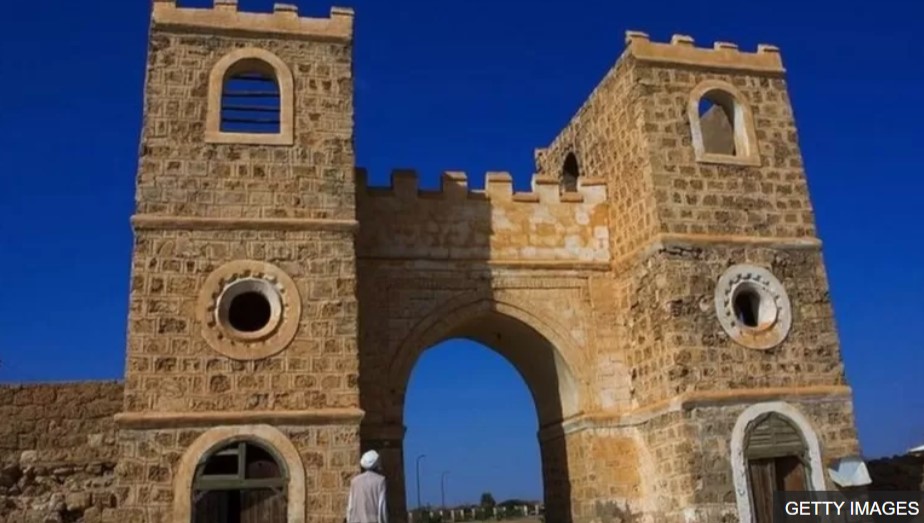The repercussions of climate change affect almost everything, in light of the extreme climate witnessed by the world in general and the Middle East in particular, cities and archaeological and cultural sites are vulnerable to destruction and collapse, according to experts.
In this context, environmental and climate experts warn that the dangers of climate change are not limited to the present and future of the planet, but also affect its destructive effects on the planet’s past and its historical archaeological landmarks as well.
Recent studies and reports have warned that ancient cities and archaeological landmarks, as is the case in the ancient city of Babylon in Iraq overlooking the Euphrates River, located about 85 km south of the Iraqi capital Baghdad, are vulnerable to collapse and erosion, due to the combination of extreme climate change phenomena with other factors.
The Suffering of Babylon
Climate expert and member of the International Union for Conservation of Nature, Ayman Haitham Qaddouri, said in an interview with Sky News Arabia: “By browsing through human history and following up on the distribution of cities and centers of civilizations in the ancient world, it becomes clear that the paths of fresh water were followed and spread next to waterways, coastal and confined flats. Due to the availability of the necessities of life such as water, fertile land, and animal wealth.”
The climate and environmental expert adds: “In Iraq, for example, the ancient city of Babylon, which is more than 4,000 years old and contains thousands of archaeological pieces and treasures scattered over the area of ancient Babylon and its neighboring archaeological cities such as Borsippa and Aqarquf, most of its monuments are built of milk and brick materials, is suffering today from the erosion of its walls And the fall of parts of its structures due to the high salinity of the earth, as a result of long droughts that led to the decline of the wet soil column and the depletion of shallow water storage.”
The city also suffers from “the lack of rainy seasons during the past two years, which has led to the receding of the surface water and its distance from the archaeological sites, leaving no hope of reviving the soil column through the filtration process from the surface to raise the concentration of salts in the soil,” according to Kaddouri.
He continued, “All this is due to the increasing temperature increase that Iraq has witnessed in the past five years, as well as the water scarcity that has hit it since the beginning of 2004 after neighbouring countries embarked on huge water projects such as the GAP project in south-eastern Anatolia in Turkey, and Iranian dams and the distortion of the tracks.” The eastern tributaries of the Tigris into Iranian territory (…)”.
He says: “As for dust storms, whose rates have increased in recent years, they contribute to carrying the seeds of large plants that settle in the cracks of the archaeological structures. As they grow, the root begins to make its way through the city walls, causing the collapse of parts of them.”

Other models
It was not far from the rest of the world heritage cities in another part of the region, “such as the Sudanese city of Suakin, which was, more than 3,000 years ago, the most important port of the Red Sea, and today it is threatened by the danger of immersion in its waters as a result of the high rates of glacial melting in the Antarctic of the Earth, The most important evidence of this is the beginning of the Thwaites River losing parts of its sides as a result of melting due to the acceleration of global warming rates,” according to Kaduri.
Source:






